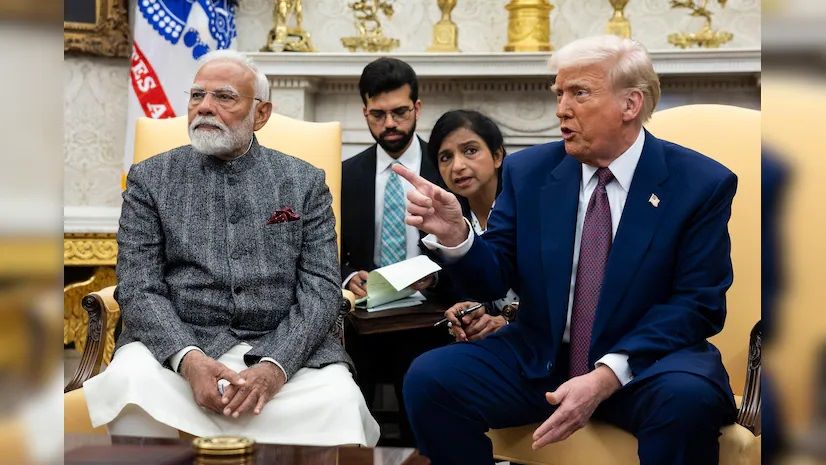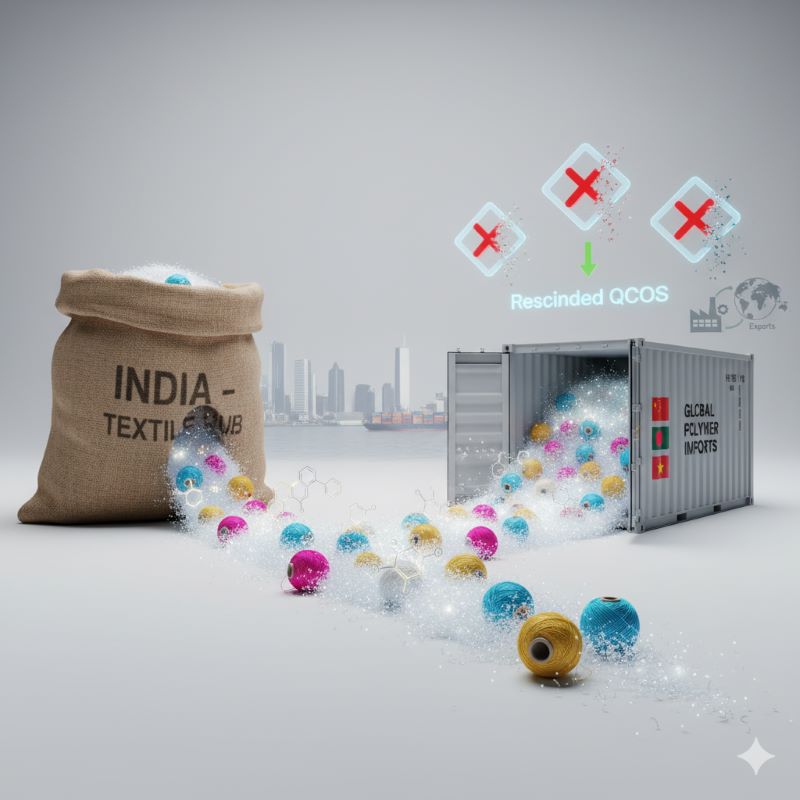
In a strategic move to mitigate the impact of the US’ recent 26 per cent reciprocal tariff, India is considering offering zero-duty imports across several sectors, including those under the Production Linked Incentive (PLI) scheme, to expedite a crucial bilateral trade agreement (BTA). Officials familiar with the development indicate that this bold initiative aims to significantly boost bilateral trade, targeting a staggering $500 billion by 2030, while also addressing the immediate concerns arising from the US tariffs.
The Indian government's proposal, though generous, comes with stringent conditions, emphasizing rules of origin that mandate 30-40 per cent value addition and a change in tariff heading. These measures are designed to prevent the influx of third-country goods through the US, ensuring genuine value creation within the Indian manufacturing ecosystem. "Inter-ministerial consultations are actively exploring all potential avenues within the BTA, with a strong focus on the mutual benefits of zero-for-zero tariffs," revealed a source close to the discussions.
Textile and apparel sector, a key contributor
The textile and apparel sector, a significant component of the PLI scheme, is expected to play a crucial role in this trade realignment. With its inherent labor cost advantages, India is well-positioned to leverage zero-duty access to the US market. The sector's inclusion in the PLI scheme, with substantial financial outlays, has already boosted its manufacturing capabilities and competitiveness.
PLI scheme’s impact: The PLI scheme for textiles, with an approved outlay of Rs 10,683 crore, aims to enhance India's manufacturing capabilities in man-made fiber (MMF) apparel, MMF fabrics, and technical textiles. This initiative is expected to attract significant investments, boost production, and create numerous employment opportunities.
India-US textile trade: The US is a major importer of Indian textiles and apparel, with potential for substantial growth under favorable tariff conditions. According to India's Ministry of Textiles, The textiles & apparel contribut 12 per cent of India’s exports.
Competitive advantages: India's labor costs in the textile sector are significantly lower than those in the US and many other competing nations, providing a distinct competitive edge. India also has strong domestic raw material availability for cotton based textiles.
Potential impacts of zero-duty access
Most importantly it will increase export volumes to the US, leading to higher revenue and job creation. Also it will increase India’s competitiveness against other textile exporting nations. Investments into the Indian textile sector is expected to increase thereby boosting technological advancements and modernization. An increase in US investment inside the India’s textile market for finished goods can also be expected.
Meanwhile, the imposition of the 26 per cent reciprocal tariff by the US has raised concerns within the Indian export community. The proposed BTA and the offer of zero-duty imports are seen as critical steps to mitigate the impact of these tariffs and foster a more conducive trade environment.
BTA’s success hinges on the effective implementation of stringent rules of origin, ensuring genuine value addition within India. The Indian government must work closely with industry stakeholders to identify sectors where zero-duty access can be mutually beneficial. India must also focus on increasing the production of high quality textiles, as the US market favours them. It should pursue investing into more technical textiles, as that is a growing market.












